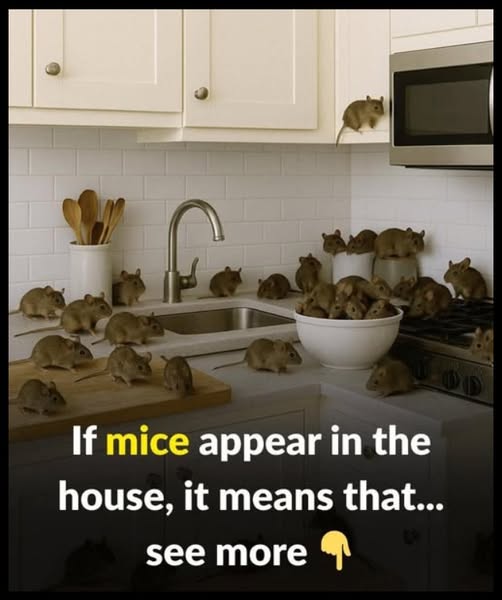Seeing a mouse in your home means something is attracting them—usually food, warmth, or shelter. Even small crumbs, pet food left out overnight, or unsealed pantry containers can be enough to invite them inside. Mice have a strong sense of smell and are drawn to any available food source. Once inside, they tend to explore quickly and settle where they feel safe.
These pests prefer warm, quiet places like attics, basements, and the spaces behind walls, especially during colder months. If your home offers insulation and clutter, it becomes the perfect nesting ground. Mice can squeeze through holes as small as a dime, making older homes especially vulnerable. Their nesting often goes unnoticed until the damage becomes significant.
One mouse can quickly turn into an infestation due to their rapid breeding cycle. Within weeks, a pair can lead to dozens more. Cluttered areas—like garages or storage rooms—make ideal hiding spots, and they may attract other pests too. The longer they remain, the more difficult and expensive it becomes to get rid of them.
To keep mice out, seal small gaps around doors, vents, and pipes—common entry points. DIY traps might catch one or two, but they rarely stop a larger infestation. For long-term control, it’s best to call a professional pest service for inspection and prevention. Smart detection tools and regular checks can protect your home from bigger, costlier problems.
